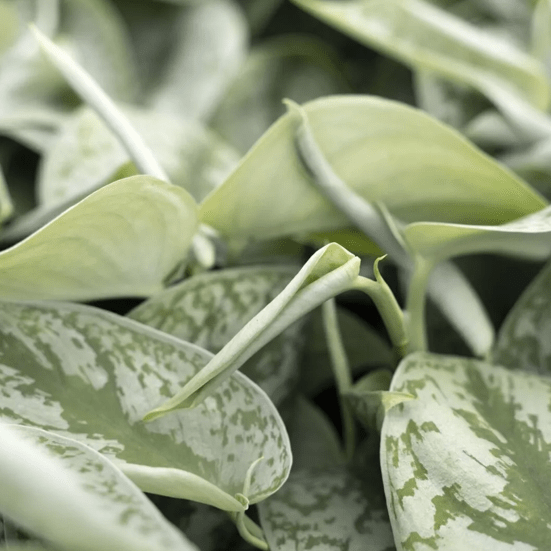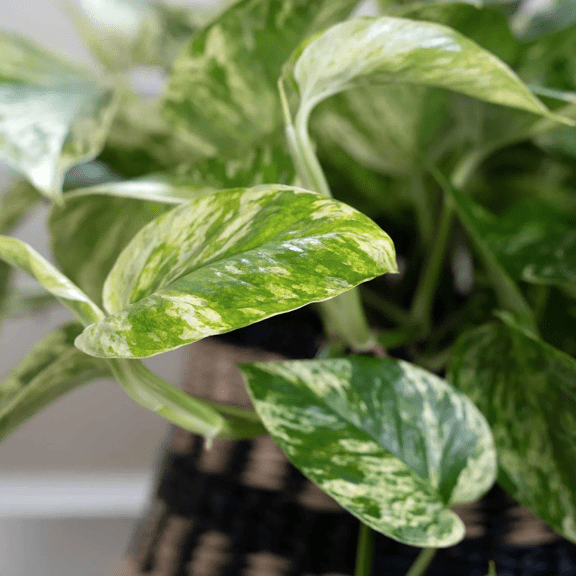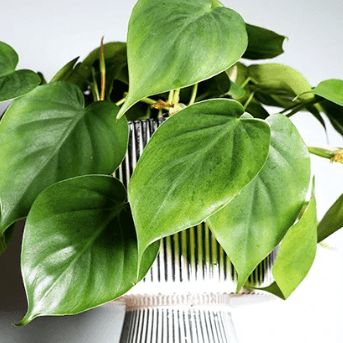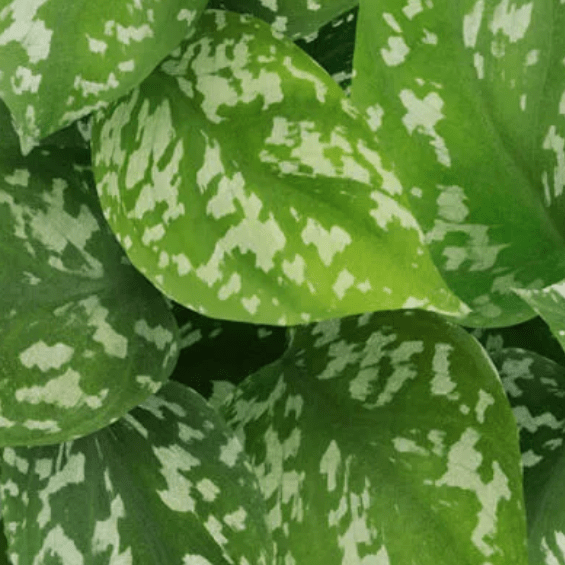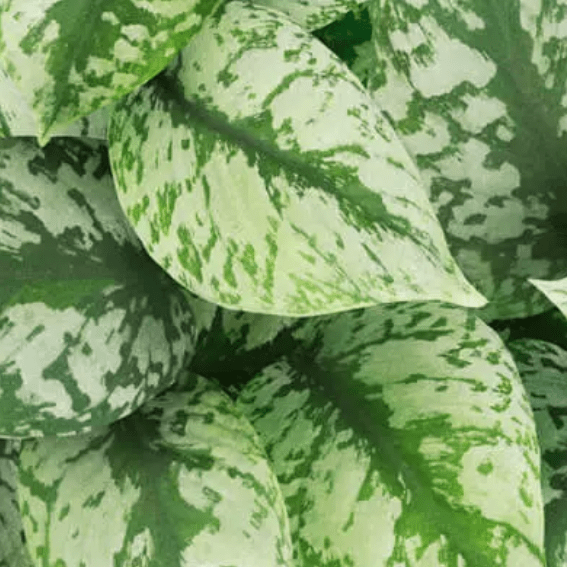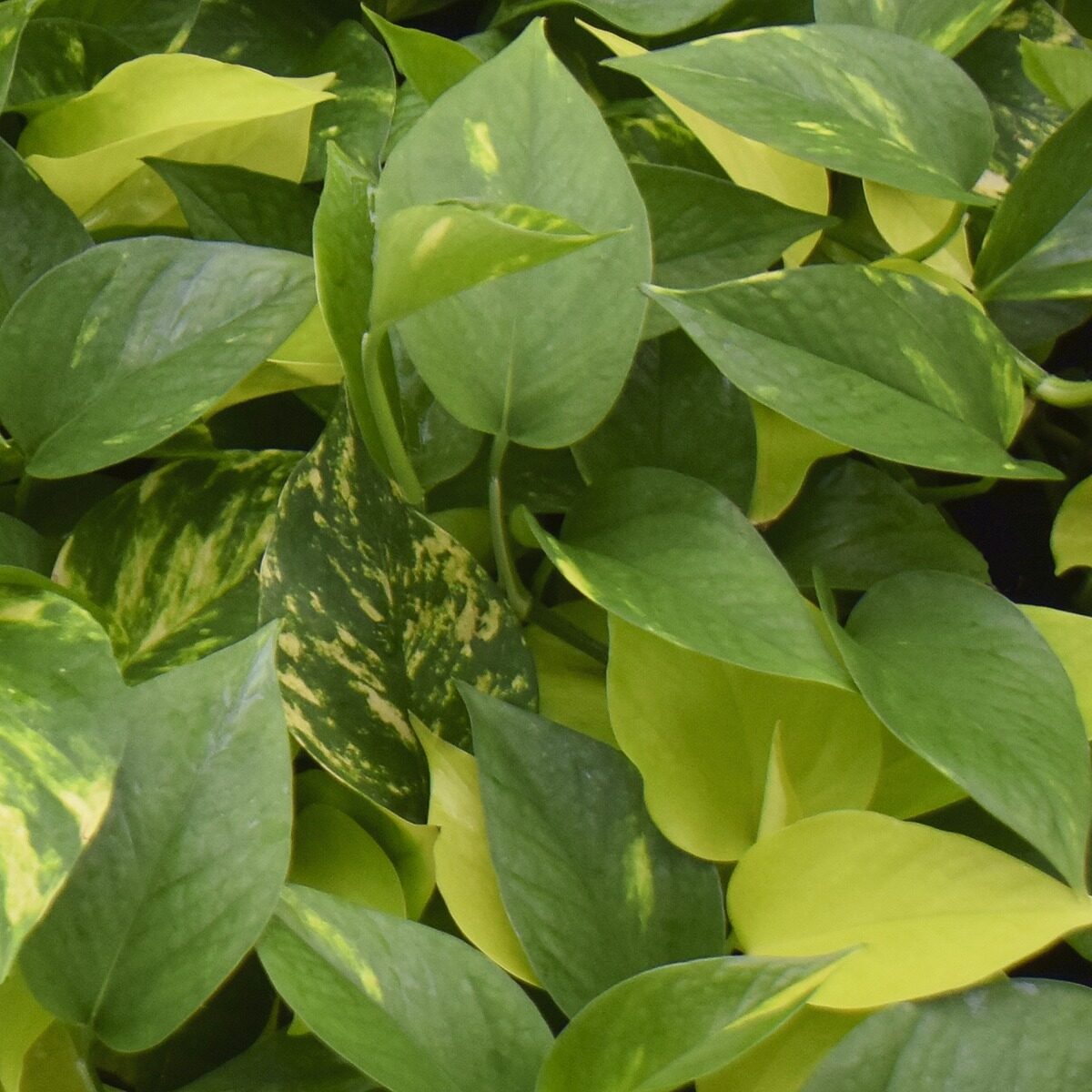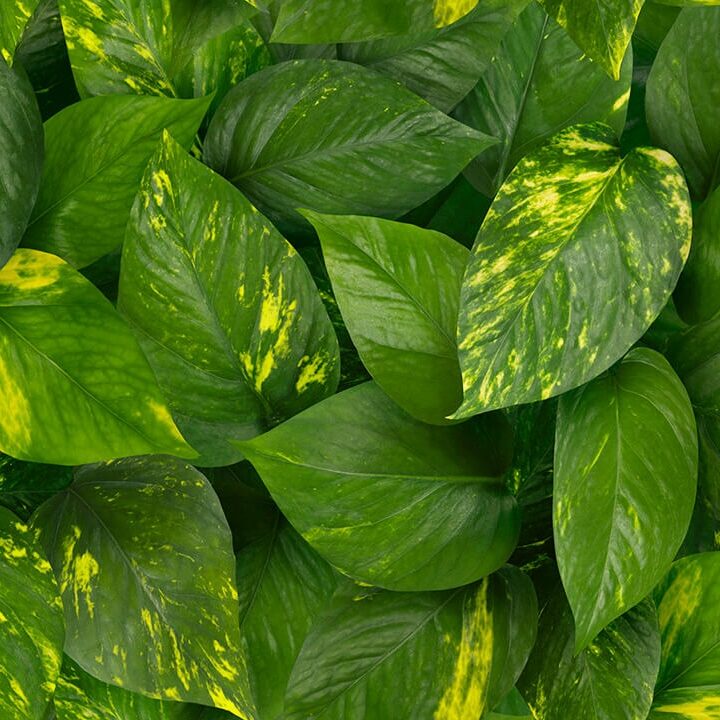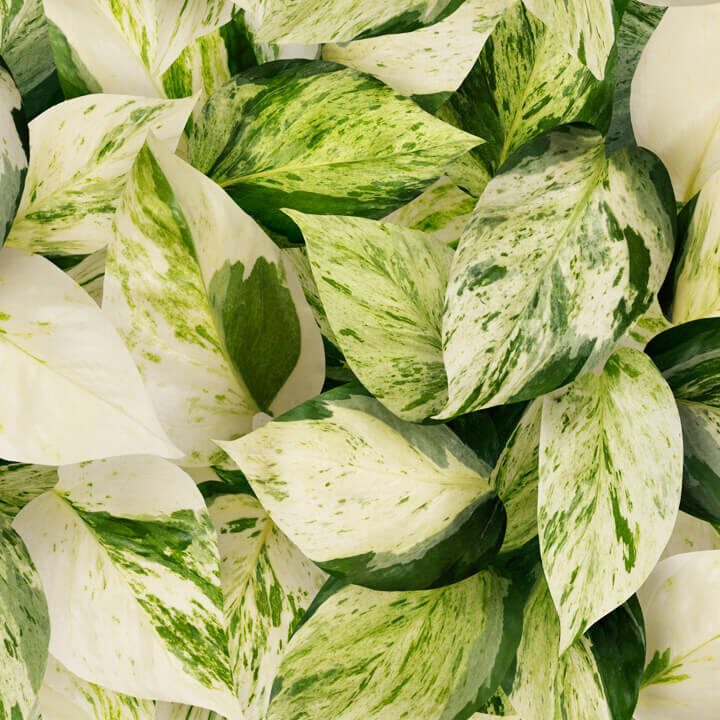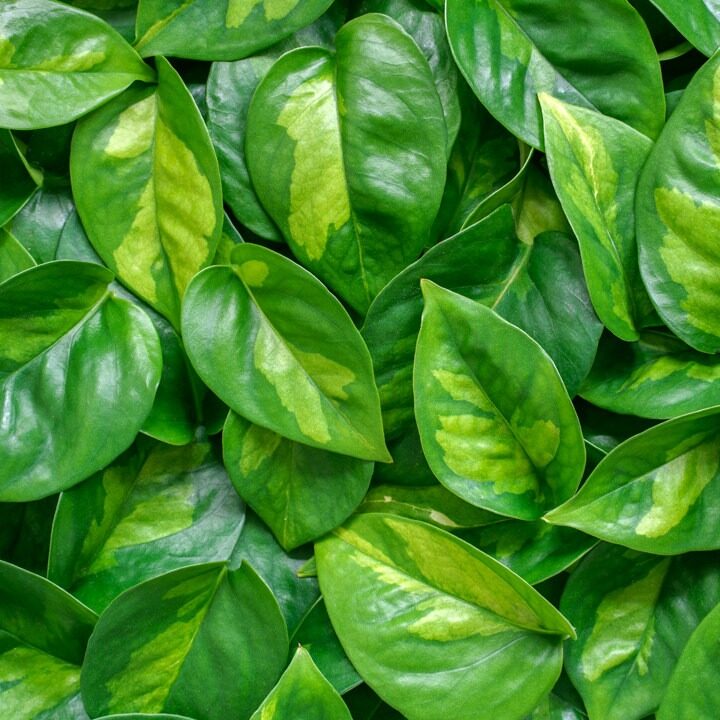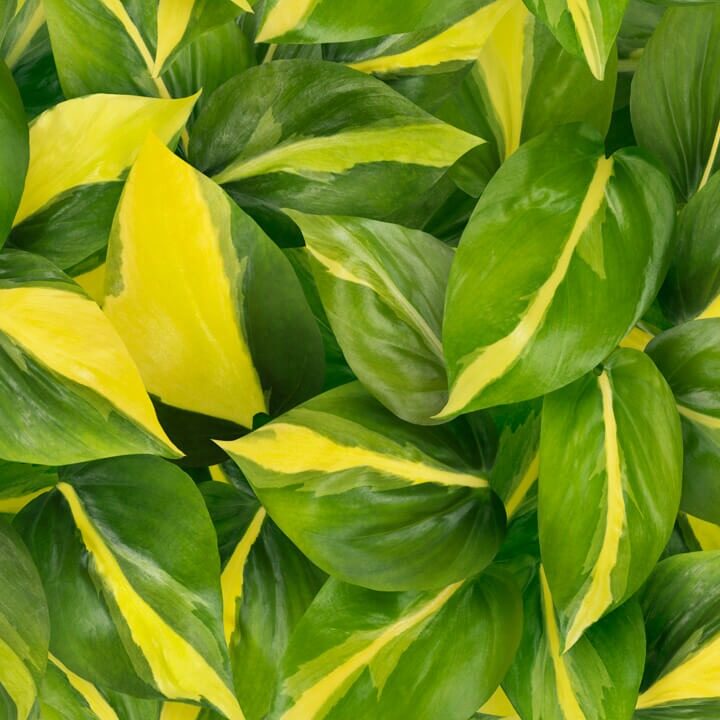The Scindapsus is a special plant. Beautiful and strong, with varying colours. But there’s more. NASA research has proven that the Scindapsus removes toxic substances that occur in practically all houses, offices and schools. Substances such as formaldehyde, benzene, trichloroethylene, xylene and toluene, which, among other things, escape from furniture, clothing, floor coverings, paint or printers.
The Scindapsus neutralises the harmful gases and breaks them down. A regulating vaporisation process occurs that improves air humidity. The plants convert CO² into oxygen, which makes the air healthier. Keeping a Scindapsus at home or in the office improves air humidity, reduces harmful gases, provides healthier air with less CO² and more oxygen, and minimises temperature increases.
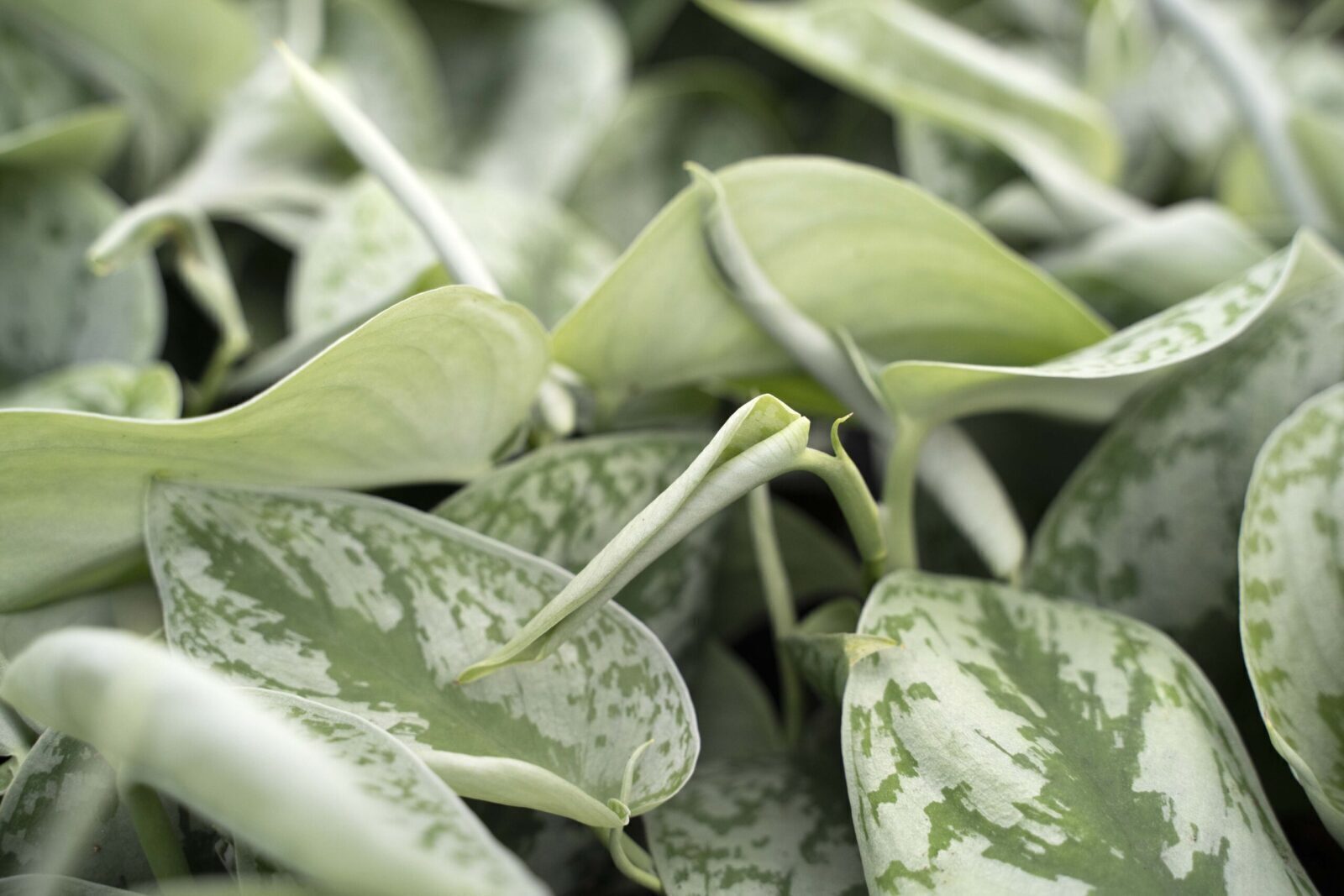
An abundance of positive effects are attributed to the Scindapsus. It seems that complaints concerning headaches, dizziness and even heart palpitations occur less frequently if you've got a Scindapsus plant around. Or several! In addition, irritation of the eyes, nose, skin and mouth are less likely to occur with this plant in the office or at home. Other conspicuous effects include reduction of stress and increased creativity and productivity on the part of employees. Few plants have such a significant influence on the indoor environment. The Scindapsus figures among the top 10 (NASA) most impactful plants. We all value a healthy indoor environment, and so using a Scindapsus at home or at the office is always an excellent choice.
Like many plants in the Araceae family, the Scindapsus is easy to keep and care for, which makes it a perfect roommate. With its heart-shaped, richly-coloured satiny leaves with green, yellow, silver or white spots, this plant makes few demands as far as care and maintenance are concerned. Nevertheless, it's important to know how to keep your Scindapsus happy and healthy. For starters, the Scindapsus prefers to stand in a bright, draught-free location. A little bit of shade is no problem provided the plant is receiving sufficient light. The Scindapsus thrives best in temperatures of 18 to 25 degrees. Make sure the temperature of the location in which the plant is placed does not fall below 15 degrees, as the plant cannot withstand this. Should you notice the pattern on the leaves begin to disappear, or if the leaves slowly turn to a solid green colour, this means that the plant has been spending too much time sitting in the dark. This is not particularly bad for the plant but if you want to see the lovely patterns again, then you must put it somewhere where it will receive more light.
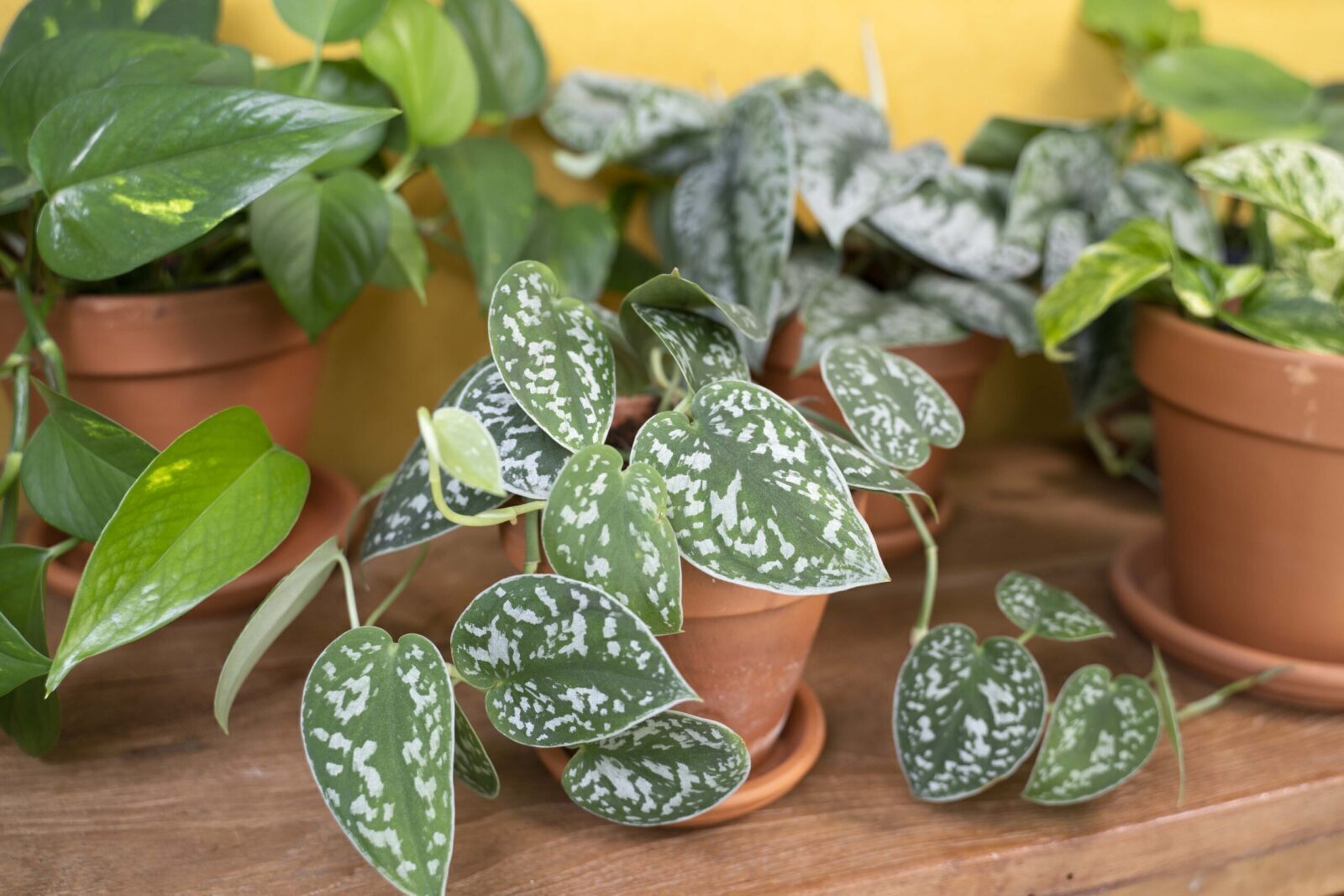
The stems and leaves of the Scindapsus are quite sappy and robust, which means that the plant won’t necessarily require water immediately if it’s been dry for a while. If the leaves begin to curl up, you can interpret this as a cry for water. Not all Scindapsus varieties curl their leaves, however. For this reason, you must always check the moisture level of the soil in the pot. This plant loves a big gulp of water from time to time, but it prefers the soil to be dry before the next watering. Always allow the lowest layer of soil to dry completely before watering your Scindapsus. In the autumn and spring, for example, the plant only needs to be watered once a week.
In the winter, you’ve got to keep a close eye on the air humidity in the room. During the winter, the heating comes on and then you get dry air. The leaves of the plants may turn brown at the edges, or develop brown spots. You can make the air more humid by placing bowls of water on the radiator. You can also put the plant at ease by pampering it once a week with a spray of mist using a plant sprayer.
